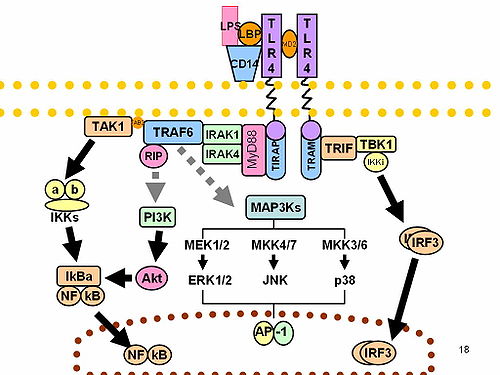Give us the choice
Most people in India, when diagnosed with kidney failure are advised to get their fistula surgery done. Which is great in one way because the fistula, as we all know, is the gold standard when it comes to vascular access for hemodialysis.
However, I have often wondered why the PD catheter is not offered to the patient as an alternative to the fistula? Or a registration on the cadaver transplant list? Why is it almost always the fistula?
When I was diagnosed with kidney disease at the age of 22 in July 1997, I was given an AV shunt because my kidneys were expected to revive in a matter of weeks. Of course that never happened and I graduated to a fistula eventually - probably the first sign that my kidneys are not going to ‘jump back to life’! I got to know of PD only after my failed transplant, a good eighteen months after my initial diagnosis with kidney disease.
I have thought hard about why PD is not presented to patients as an initial option. In my case, it may not have made sense because of the perceived temporary nature of the condition. However, in a majority of other patients whose CKD is most definitely at stage 5 and he or she is going to need some form of RRT for the rest of his or life, PD is definitely an excellent option!
Then why this step-motherly treatment for this modality in India (and as I gather in many other parts of the world)?
One reason is patients themselves. I have talked to some patients about PD and find a reluctance to take care into their own hands. They are happy giving themselves up to the medical team and blame them for everything that is wrong with them. There is also the scare of infection. In India, very few patients on dialysis know about how rampant Hepatitis C has become in dialysis units. With PD, yes, there is a risk of bacterial infection but the risk can be minimized if the patient is properly trained in aseptic techniques. With in-center hemodialysis, you are entirely at the mercy of the technicians and nurses. Hepatitis C is a very real danger due to their negligence.
Another reason could be nephrologists themselves. For some reason, nephrologists the world over have shied away from PD.
Another option that patients could be given is that of a transplant. Why wait even for a few months on dialysis? When the patient reaches Stage 5, start preparing for a transplant - live related or cadaveric. Get everything in place and get a transplant as soon as necessary so that the patient does not need even a single session of dialysis.
These are all excellent options which the nephrologist must discuss with patients. All the options. Hemodialysis, Peritoneal Dialysis and a Transplant. The nephrologist (and possibly a trained counsellor) must explain all the three options well ahead of time and involve the patient and his or her family in the decision. Unlike today, when the nephrologist makes the decision for us.
It is my life. I want a say. Is this too much to ask?
By Kamal Shah
What Kamal is saying is not only true likely in India but in USA as well. This is an ongoing problem as more and more Younger Nephrologists don't feel well trained or comfortable in taking care of PD. Meanwhile countries like Japan, have majority of their dialysis patients getting PD. Economics or patient preferences- both might be a playing a role in this sad state of affairs.







 A nice letter from investigators at Stanford published this week in NEJM Oct 2011 issue shows a proof of concept. 12 patients, got a HLA matched kidney and a donor cell infusion of CD34+ progenitor cells mixed with CD3+ T cells and irridiation and anti thymoglobuliun. The irridiation was not total body but more to spleen, thymus and lymph nodes. Giving stem cell transplantation and kidney transplant to a well matched patient led to chimerism and ultimately majority patients came off immunosuppresion and renal function is stable. Take a look at the full letter at
A nice letter from investigators at Stanford published this week in NEJM Oct 2011 issue shows a proof of concept. 12 patients, got a HLA matched kidney and a donor cell infusion of CD34+ progenitor cells mixed with CD3+ T cells and irridiation and anti thymoglobuliun. The irridiation was not total body but more to spleen, thymus and lymph nodes. Giving stem cell transplantation and kidney transplant to a well matched patient led to chimerism and ultimately majority patients came off immunosuppresion and renal function is stable. Take a look at the full letter at
